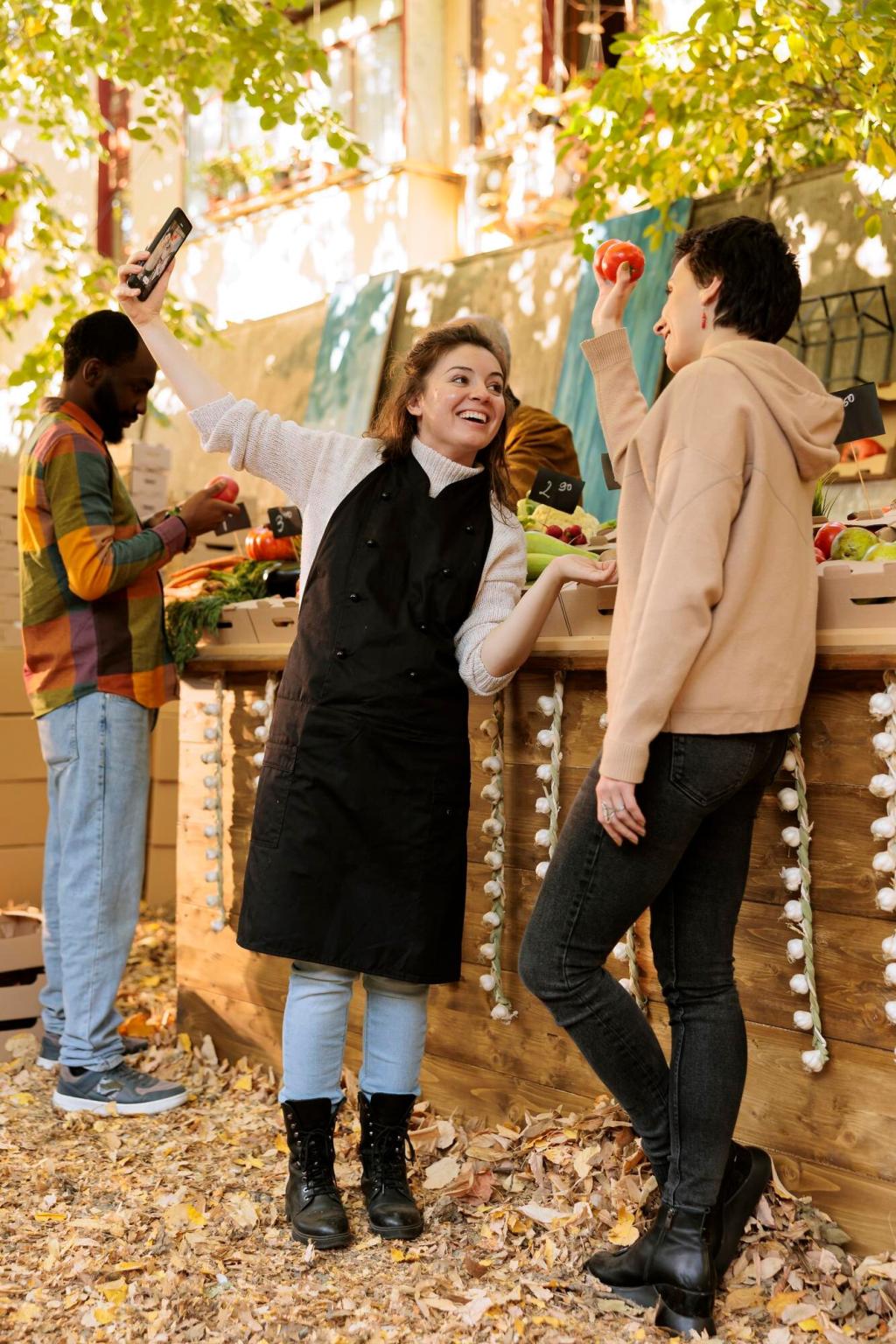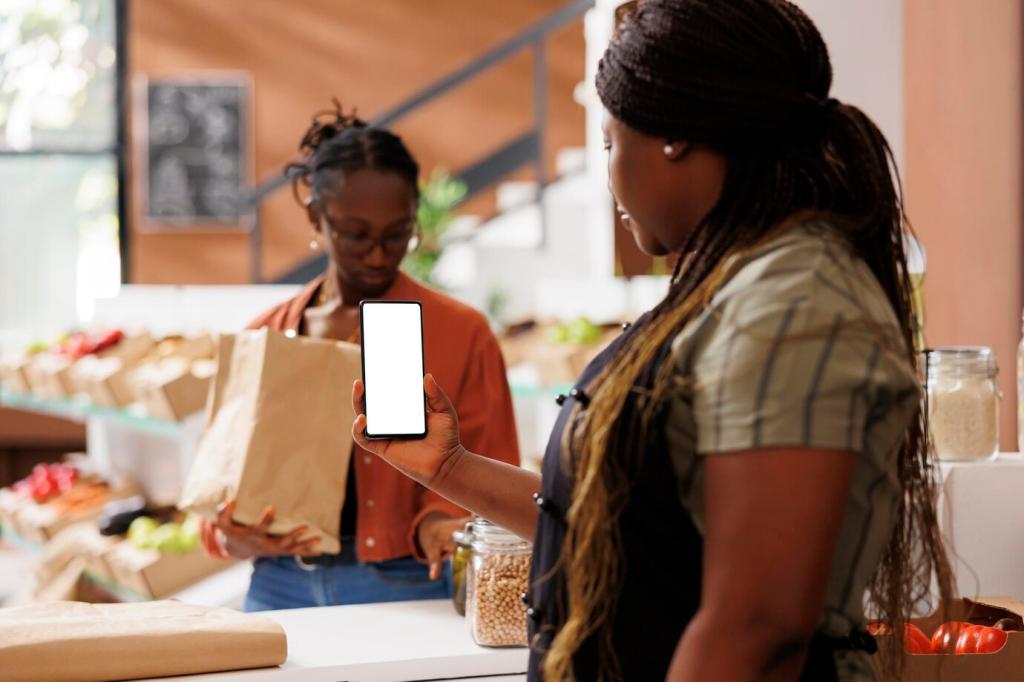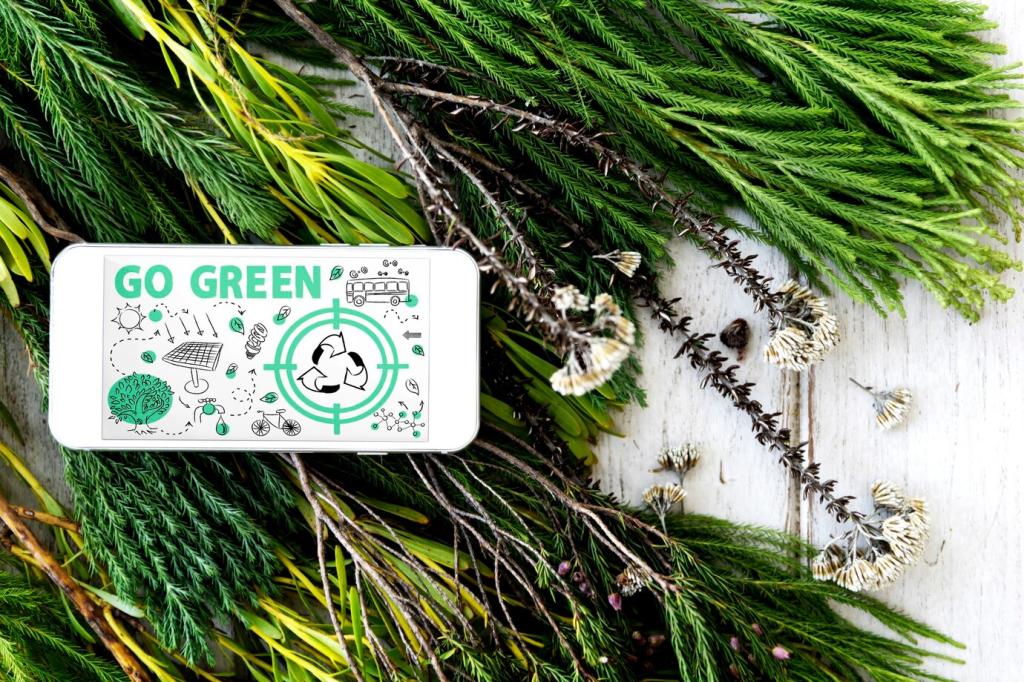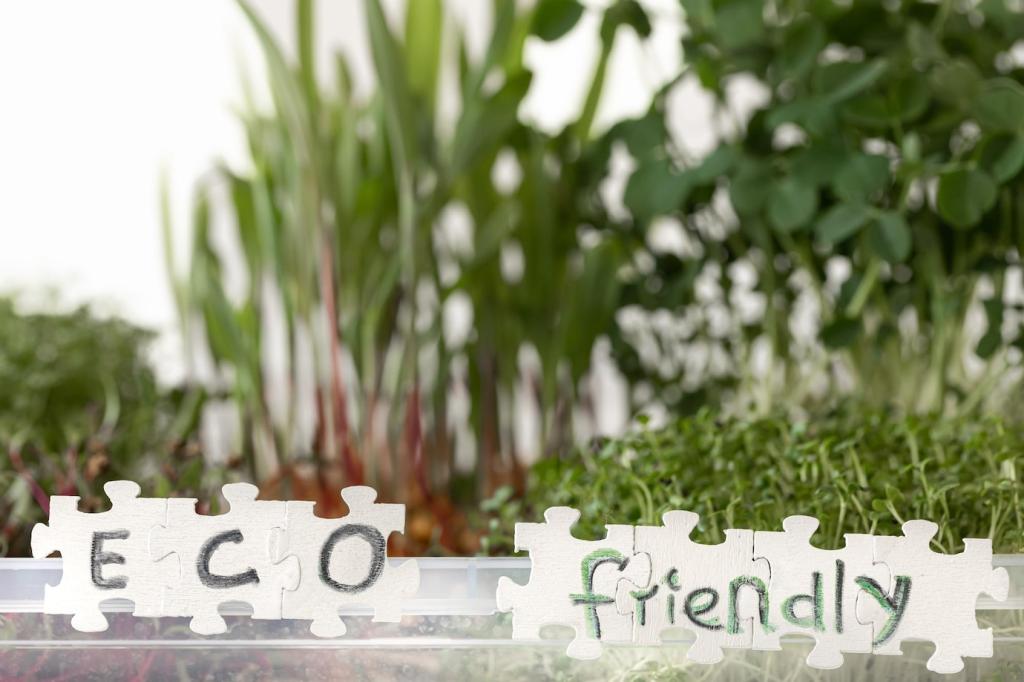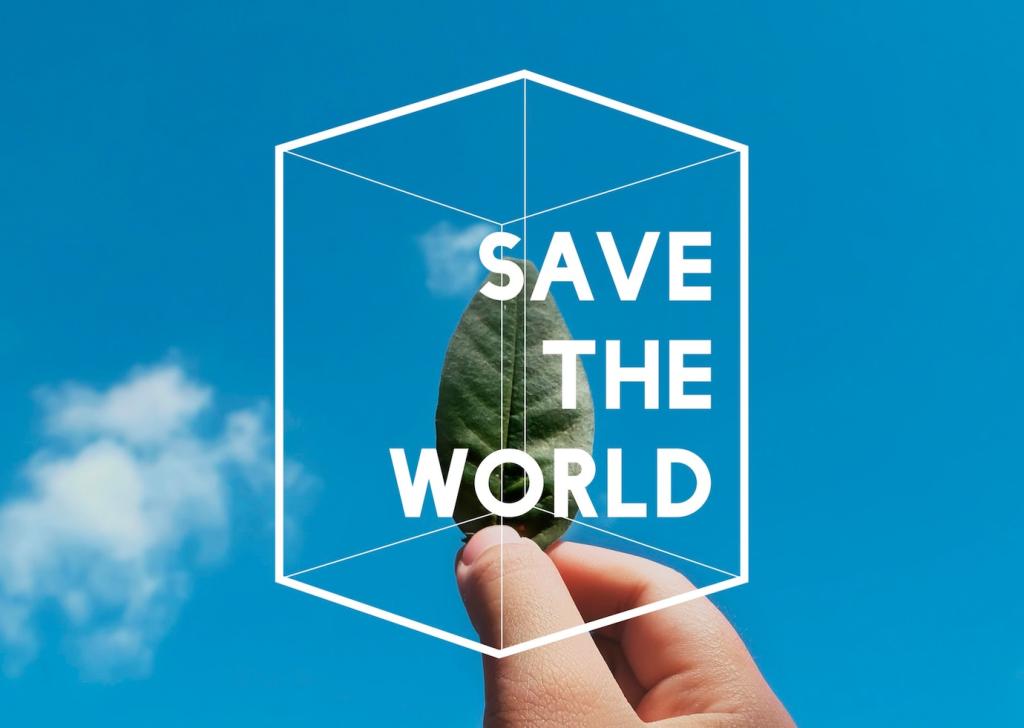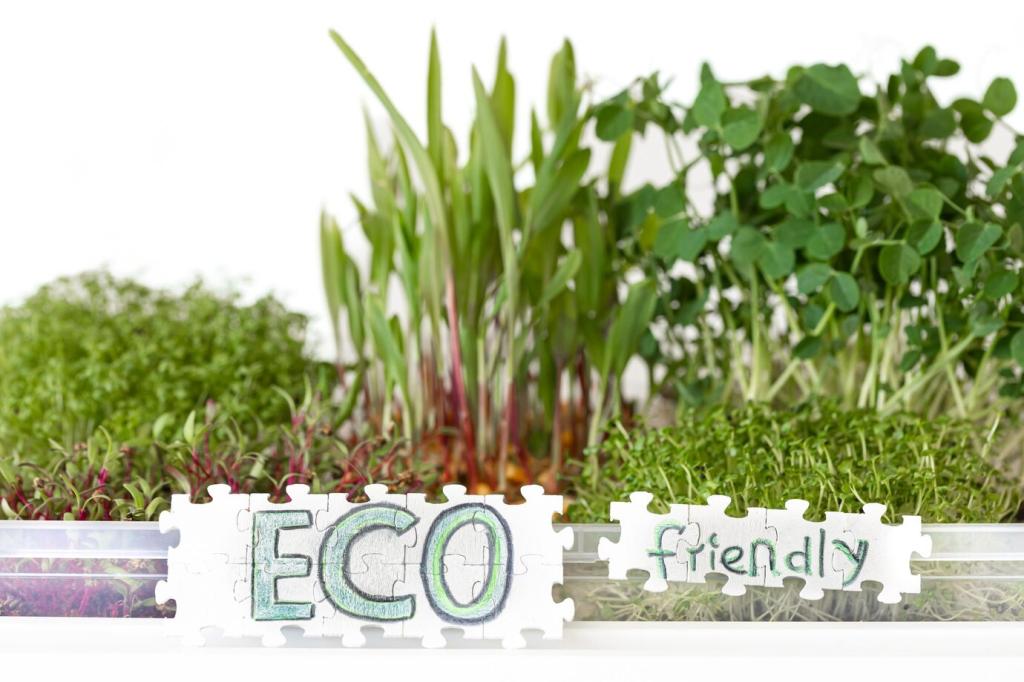Why Visuals Move People Toward Sustainable Choices
Pair concise facts with relatable visuals to reduce cognitive load and guide behavior—like a diagram that shows the simplest path to refill, repair, or reuse. Use clear verbs and micro-steps in captions so viewers immediately know what to do next. Tell us which small actions your audience needs most.
Why Visuals Move People Toward Sustainable Choices
Balance urgency with hope. Photographs of thriving urban gardens beside charts of water savings can motivate without paralyzing fear. Avoid doom-laden imagery that shuts people down. Ask your community what gives them courage, then design visuals that echo those motivations and amplify credible progress.

